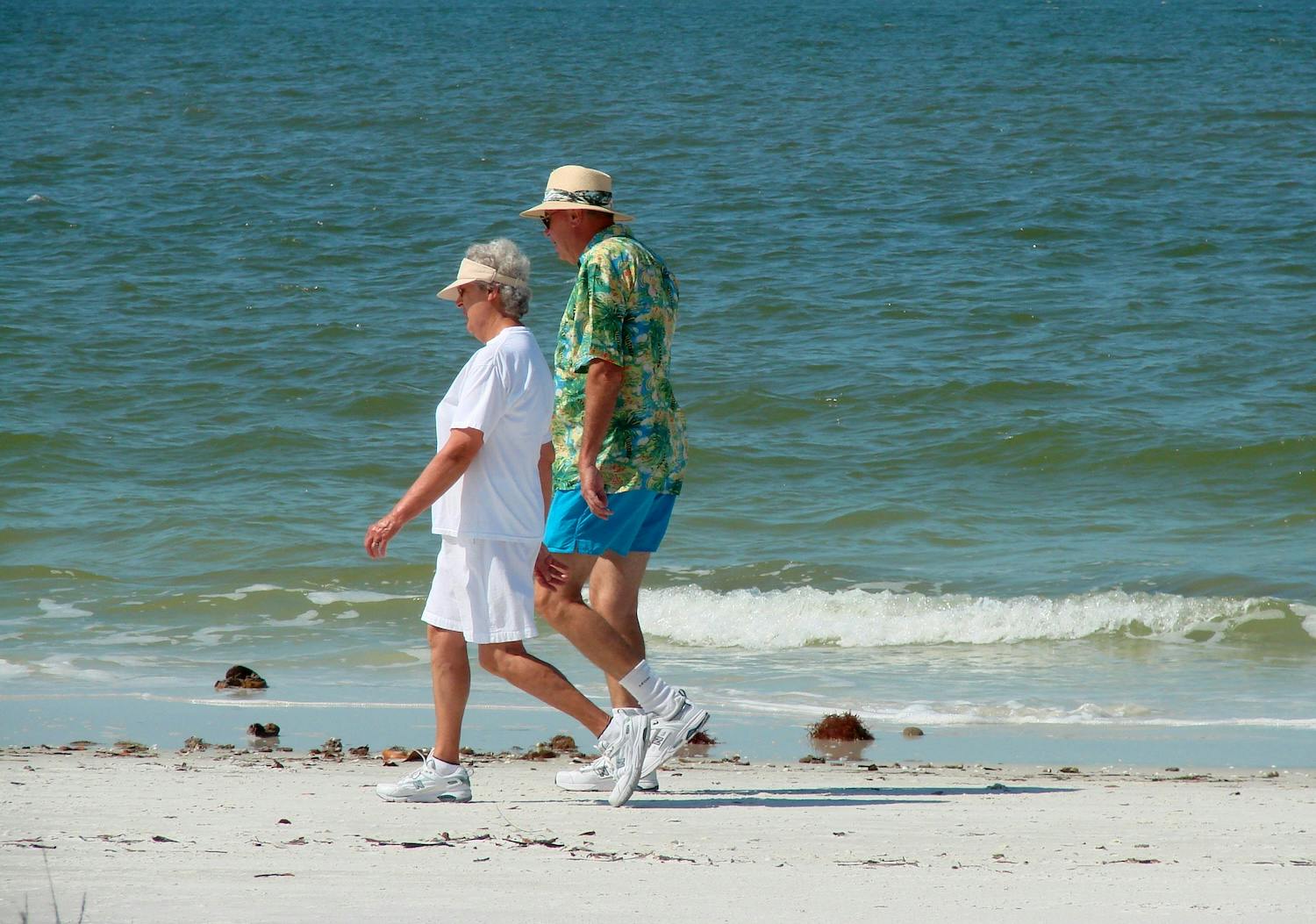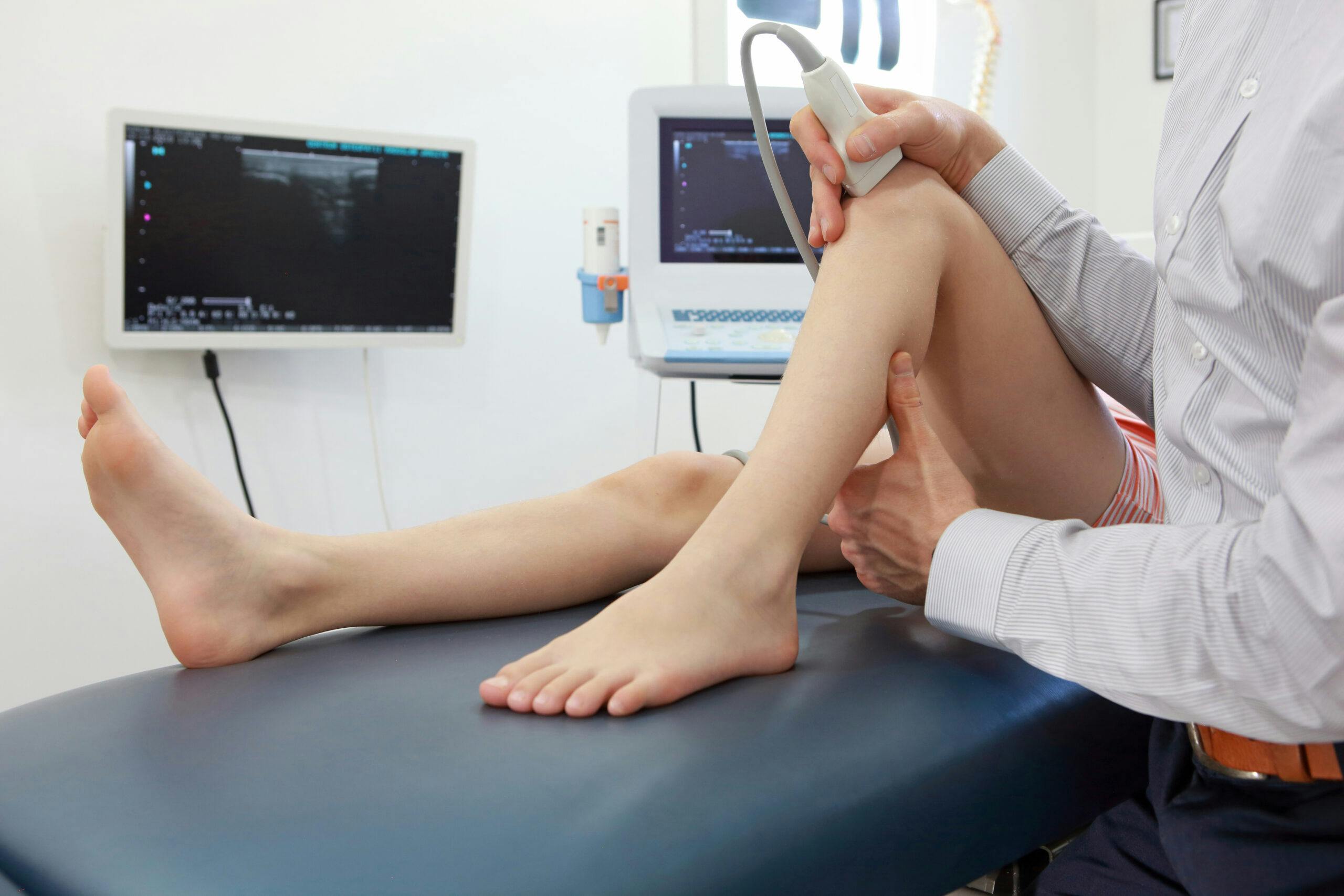- Blog
11 Reasons You Have Shoulder Pain–and What to Do About It
Posted on 12-12-2025 in Shoulder by Dr. Chris O'Grady

Posted on 12-12-2025 in Shoulder by Dr. Chris O'Grady
What Causes Shoulder Pain?
Shoulder pain, one of the most common orthopaedic conditions, stems from damage to one or more of the components of the shoulder—the bones, muscles, tendons and ligaments that comprise the joint. This damage is caused by disease, chronic overuse or acute injury, so shoulder pain can appear immediately or progress gradually over time. Oftentimes these are soft tissue injuries, like tendinitis or rotator cuff tears, but the three major bones of the shoulder—the humerus, scapula and clavicle—can also be damaged through overuse or injury.
There are many causes of shoulder pain, but we have listed some of the most prevalent causes below.
Bursitis - Shoulder bursitis is caused by inflammation of the bursa, a small, fluid-filled sac in the shoulder that reduces friction between the different components of the joint. When placed under repeated stress, as happens during repetitive motions like throwing or overhead lifts, the bursa can overfill with fluid, leading to pain and stiffness.
Tendinitis - Tendinitis occurs when the tendons and muscles that comprise the shoulder are injured, typically from chronic overuse. This condition generally develops gradually over time and is very prevalent in people who perform a lot of repeated, overhead movements, like swimmers, pitchers and tennis players, and laborers. It can also have postural origin, since keeping the arm in the same position for an extended period of time, like sleeping on the same shoulder night after night, can lead to tendinitis.
Bicep Tendon Tears - There are three biceps tendons in each arm; two that connect the biceps muscle to the shoulder and one that connects the biceps muscle to the elbow. Biceps tendon tears occur when chronic overuse causes repeated stress to continually degrade the tendon, or when a sudden, traumatic injury overloads the tendon and it tears.
Rotator Cuff Tears - The rotator cuff, a group of four muscles that attach the humerus (upper arm bone) to the shoulder blade, is one of the most crucial components of the shoulder. It allows the muscles and tendons of the shoulder to lift and rotate the humerus and is essential to almost every basic and complex movement we require of the joint. The rotator cuff can be injured through acute injury or it can tear gradually over time; in any case, injury to the rotator cuff is very painful and severely limits the shoulder's ability to move and function as intended.
SLAP - The labrum is a ring of firm, fibrous tissue that surrounds the shoulder socket (glenoid) and stabilizes the joint. When the top (superior) portion of the labrum is torn, it is commonly referred to as a SLAP tear, an acronym meaning "superior labrum anterior and posterior." This literally translates into a tear at "the top part of the labrum, from the front to the back."
Acromioclavicular Joint Separation - The acromioclavicular (AC) joint is the point in the shoulder where the collarbone (clavicle) and the acromion of the shoulder blade are connected by ligaments. An AC joint separation occurs when these ligaments are strained or separated, typically from a sharp blow to the shoulder, and can be "graded" on a scale of one to six, with six being the most severe. Grade 1 separations generally involve a sprain of the AC ligament, while Grade 6 separations involve total tears of the ligaments and noticeable deformity in the shoulder.
Impingement - Shoulder impingement occurs when the rotator cuff tendon and the bursa are squeezed between the acromion and humerus bones in the subacromial space. Over time, this pressure on the soft tissues of the shoulder can cause micro-tearing of the rotator cuff and degeneration of the tendon. If left untreated, this can progressively lead to a full tear of the rotator cuff.
Instability - Shoulder instability is a degradation of the stability of the ball and socket joint that makes up the shoulder. A chronic condition in which the head of the humerus (the "ball") repeatedly slips out of the glenoid cavity (the "socket"), shoulder instability can lead to lasting damage to the soft tissues of the shoulder if untreated. These repeated dislocations can reduce on their own, in which case they are known as subluxations, but a complete dislocation requires medical intervention to be corrected.
Shoulder Arthritis - Arthritis literally translates to "inflammation of the joint," and describes any disease process which leads to cartilage loss. Cartilage serves an incredibly important role in joints of the body, as it "cushions" the space and prevents bone-on-bone contact. Arthritis occurs in every major and minor joint and can be very painful, because the wearing down of cartilage causes bones to grind against one another. This leads to increasing stiffness, pain, swelling and decreased use of the shoulder. The three principal forms of shoulder arthritis are osteoarthritis, rheumatoid arthritis, and post-traumatic arthritis.
Fracture - Fractures occur when sufficient force acts upon a bone to break it. The three bones of the shoulder most susceptible to fractures are the clavicle (collarbone), proximal humerus (upper arm bone), and the scapula (shoulder blade). Generally speaking, these fractures can affect people of any age and are often the result of falls, but they can also be frequently found in young athletes injured during sport.
Adhesive capsulitis - Colloquially known as frozen shoulder, adhesive capsulitis is a painful condition in which the thin, flexible capsule surrounding the shoulder develops adhesions and becomes rigid and thick. This hardening of the capsule makes it increasingly difficult to move the shoulder and can result in pain and significant loss of range of motion in the joint.
How To Prevent Shoulder Pain
The easiest way to treat shoulder pain is to prevent it from happening in the first place. Setting aside acute injury, the most common causes of shoulder pain stem from repetitive motion and postural issues. Activities like swimming, tennis, and baseball require a lot of repetitive overhead motion, so if one or more of these activities are your passion, it is advisable to start a shoulder strength and flexibility program to help prevent injury. Furthermore, staying cognizant of your posture throughout the day, both during activity and at rest, will help ensure you do not place undue stress on the shoulder through misalignment of the joint.

September is Healthy Aging Month, an observance dedicated to promoting the positive aspects of growing older and encouraging proactive steps toward maintaining long-term health. In its 33rd year, Healthy Aging Month inspires adults of all ages to focus on lifestyle habits that support vitality, independence and overall well-being.

Musculoskeletal ultrasound imaging offers orthopaedic patients safe, painless, and real-time imaging, without any harmful ionizing radiation or the need for uncomfortable positioning. As the first sports medicine physician in the region to utilize ultrasound for diagnostic and therapeutic purposes, Dr. Josh Hackel’s commitment to innovation has improved the accessibility of care for his patients.

According to the American Academy of Orthopaedic Surgeons, approximately 2 million older Americans sustain fractures yearly due to weak bones. By 2025, that number is predicted to rise to 3 million fractures annually. At North Florida Bone & Joint Specialists, we recognize the importance of maintaining strong bones, particularly as you age. In honor of Healthy Aging Month, the following tips can help you maintain, and even improve, your bone strength: